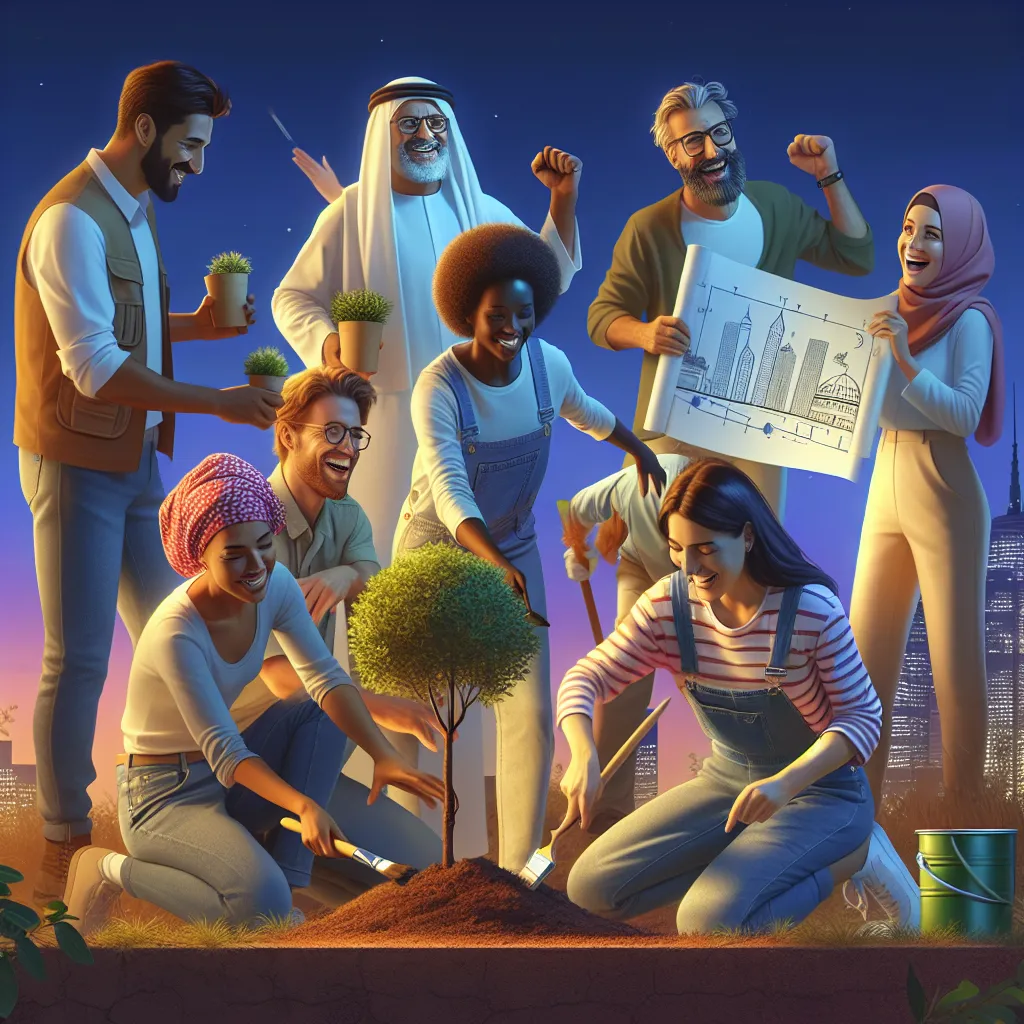In today’s digital age, staying connected with loved ones through technology has become an integral part of our lives. This topic is increasingly popular in IELTS Speaking tests, reflecting its relevance in modern society. As an experienced IELTS examiner, I’ll guide you through answering questions about using technology to stay connected, providing sample answers and detailed analysis to help you achieve a high band score.
Nội dung bài viết
- Part 1: Introduction and Interview
- Q1: How often do you use technology to communicate with friends and family?
- Q2: What’s your preferred method of staying connected with people who live far away?
- Part 2: Long Turn (Cue Card)
- Sample Answer (Band 8-9)
- Examiner’s Follow-up Questions
- Part 3: Two-way Discussion
- Q1: How do you think technology will change the way we communicate in the future?
- Q2: Do you believe that technology has made people more or less social?
- Key Vocabulary and Phrases for High Scores
- Examiner’s Advice
 Family video call on laptop
Family video call on laptop
Part 1: Introduction and Interview
In this section, the examiner may ask you general questions about technology and communication. Here are some possible questions with sample answers:
Q1: How often do you use technology to communicate with friends and family?
Band 6-7 Answer:
I use technology quite frequently to stay in touch with my loved ones. I’d say I use messaging apps or social media almost daily to chat with friends, and I make video calls to my family about once a week.
Band 8-9 Answer:
I’m constantly leveraging various technological platforms to maintain connections with my social circle and family members. On a daily basis, I engage in instant messaging and social media interactions with friends, while I make it a point to have virtual face-to-face conversations with my family at least twice a week through video calling applications.
Q2: What’s your preferred method of staying connected with people who live far away?
Band 6-7 Answer:
I prefer using video calls to stay connected with people who live far away. It’s nice to see their faces and hear their voices, which makes me feel closer to them despite the distance.
Band 8-9 Answer:
My go-to method for maintaining long-distance relationships is undoubtedly video conferencing. The ability to observe facial expressions and body language adds a layer of intimacy to our conversations that text-based communication simply can’t match. It bridges the physical gap and creates a sense of presence that I find invaluable in nurturing these relationships.
Part 2: Long Turn (Cue Card)
Now, let’s move on to the cue card task. Here’s a sample cue card related to our topic:
Describe a time when you used technology to stay connected with family or friends.
You should say:
- What technology you used
- Who you connected with
- Why you needed to use technology to connect
- And explain how you felt about using technology in this way
Sample Answer (Band 8-9)
I’d like to talk about a memorable experience I had using technology to stay connected with my family during the height of the COVID-19 pandemic. The technology I utilized was a video conferencing platform called Zoom, which proved to be an invaluable tool for maintaining close ties with my loved ones during that challenging period.
The people I connected with were my immediate family members, including my parents and siblings, who live in different parts of the country. Due to the travel restrictions and social distancing measures in place, it was impossible for us to gather in person for our traditional weekly family dinners.
The necessity to use technology arose from our strong desire to maintain our family bond and support each other during those uncertain times. We needed a way to recreate our family gatherings virtually and ensure that everyone was coping well with the isolation.
I felt incredibly grateful for the technological advancements that allowed us to bridge the physical gap between us. Initially, there was a slight learning curve as some family members were not as tech-savvy, but we quickly adapted. The experience was both heartwarming and bittersweet. On one hand, it was comforting to see everyone’s faces and hear their voices, creating a sense of normalcy in an abnormal situation. On the other hand, it accentuated the physical distance between us and made me long for in-person interactions even more.
Overall, using technology in this way made me appreciate its power to foster connections and provide emotional support during challenging times. It reinforced the idea that while technology cannot entirely replace physical presence, it can certainly help us maintain and even strengthen our relationships when circumstances keep us apart.
Examiner’s Follow-up Questions
- How has technology changed the way people communicate with their families?
- Do you think technology has made family relationships stronger or weaker?
Sample Answer (Band 8-9):
-
Technology has revolutionized family communication in numerous ways. Firstly, it has made communication more frequent and instantaneous, allowing family members to share moments of their lives in real-time through messaging apps and social media platforms. Secondly, video calling has bridged geographical gaps, enabling face-to-face conversations regardless of distance. This has been particularly beneficial for families separated by work, study, or migration. Additionally, technology has introduced new forms of sharing experiences, such as virtual family game nights or watching movies together online, which have created novel ways for families to bond. However, it’s worth noting that while technology has enhanced communication in many aspects, it has also led to some challenges, such as reduced quality time in physical presence and the need to navigate digital etiquette within family dynamics.
-
The impact of technology on family relationships is multifaceted and can be viewed from different perspectives. On one hand, technology has undoubtedly strengthened family bonds in many ways. It has facilitated more regular contact, especially for families living apart, and has enabled the sharing of important life events that might otherwise be missed. Technology has also provided new platforms for family members to express support and affection, such as through heartfelt messages or virtual celebrations. On the other hand, there are concerns that excessive reliance on technology may lead to superficial interactions and reduced quality of face-to-face time when families are together physically. It can also create generational divides if older family members struggle to adapt to new technologies. Ultimately, the effect of technology on family relationships largely depends on how it is used and balanced with in-person interactions. When used mindfully, technology can significantly enhance and complement traditional family dynamics, but it shouldn’t completely replace the irreplaceable value of physical presence and shared experiences.
Part 3: Two-way Discussion
In this section, the examiner will ask more abstract questions related to the topic. Here are some potential questions and sample answers:
Q1: How do you think technology will change the way we communicate in the future?
Band 6-7 Answer:
I think technology will make communication even faster and more convenient in the future. We might see more advanced virtual reality tools that make long-distance communication feel more real and personal.
Band 8-9 Answer:
The future of communication technology is likely to be characterized by increased immersion and seamlessness. I anticipate that we’ll see significant advancements in augmented and virtual reality technologies, which could revolutionize long-distance communication by creating hyper-realistic shared virtual spaces. This could potentially blur the lines between physical and digital presence, making remote interactions feel almost indistinguishable from face-to-face encounters.
Moreover, I expect that AI-driven communication tools will become more sophisticated, potentially offering real-time language translation and even emotional interpretation, further breaking down barriers in global communication. However, this technological evolution may also raise new ethical concerns regarding privacy and the authenticity of human interactions, which society will need to address thoughtfully.
Q2: Do you believe that technology has made people more or less social?
Band 6-7 Answer:
It’s a bit of both, I think. Technology has made it easier to stay in touch with more people, but it might also make some people prefer online interactions over meeting in person. It depends on how people use it.
Band 8-9 Answer:
This is a nuanced issue that defies a simple answer. On one hand, technology has undeniably expanded our social networks and facilitated connections across vast distances, allowing us to maintain relationships that might otherwise have faded due to geographical constraints. Social media platforms and messaging apps have made it possible to engage with a wider circle of acquaintances and even forge new friendships in online communities.
However, there’s a valid concern that this increased digital socialization may come at the expense of deep, meaningful face-to-face interactions. Some argue that the convenience of digital communication has made people less inclined to invest time and effort in cultivating in-person relationships. Additionally, the phenomenon of “phubbing” – snubbing someone in favor of a mobile phone – highlights how technology can sometimes impede social interactions in physical settings.
Ultimately, I believe technology’s impact on sociability largely depends on individual usage patterns and personal choices. When used mindfully, technology can enhance and complement our social lives, but it shouldn’t be seen as a complete substitute for the rich, multifaceted experience of in-person social interaction.
Key Vocabulary and Phrases for High Scores
To boost your IELTS Speaking score, incorporate these sophisticated words and phrases into your answers:
-
Leverage (verb) /ˈlevərɪdʒ/ – use (something) to maximum advantage
Example: “I leverage video calling apps to maintain long-distance relationships.” -
Foster (verb) /ˈfɒstə(r)/ – encourage or promote the development of (something, typically something regarded as good)
Example: “Technology can foster stronger family bonds despite physical distance.” -
Bridge the gap (idiom) – to connect two things or to make the difference between them smaller
Example: “Video calls help bridge the gap between family members living in different countries.” -
Invaluable (adjective) /ɪnˈvæljuəbl/ – extremely useful; indispensable
Example: “Social media has become an invaluable tool for staying connected with old friends.” -
Revolutionize (verb) /ˌrevəˈluːʃənaɪz/ – change (something) radically or fundamentally
Example: “Smartphones have revolutionized the way we communicate and share information.”
Examiner’s Advice
To achieve a high band score in IELTS Speaking, particularly when discussing technology and communication:
-
Develop your ideas fully: Don’t just give short, simple answers. Expand on your points with examples and explanations.
-
Use a range of vocabulary: Incorporate sophisticated words and phrases relevant to technology and communication.
-
Demonstrate critical thinking: Show that you can analyze the pros and cons of using technology for communication.
-
Speak fluently: Practice speaking on this topic to improve your fluency and reduce hesitations.
-
Use appropriate tenses: When describing past experiences with technology, use past tenses correctly.
-
Show awareness of current trends: Stay informed about the latest developments in communication technology to discuss the topic knowledgeably.
By following these tips and using the sample answers as inspiration, you’ll be well-prepared to tackle questions about using technology to stay connected in your IELTS Speaking test.
For more IELTS Speaking practice, you might find it helpful to explore related topics such as describing a recent update in technology that excited you or discussing a person who has had a positive influence on your digital habits. These additional resources can further enhance your ability to discuss technology-related topics fluently and confidently in your IELTS Speaking test.


